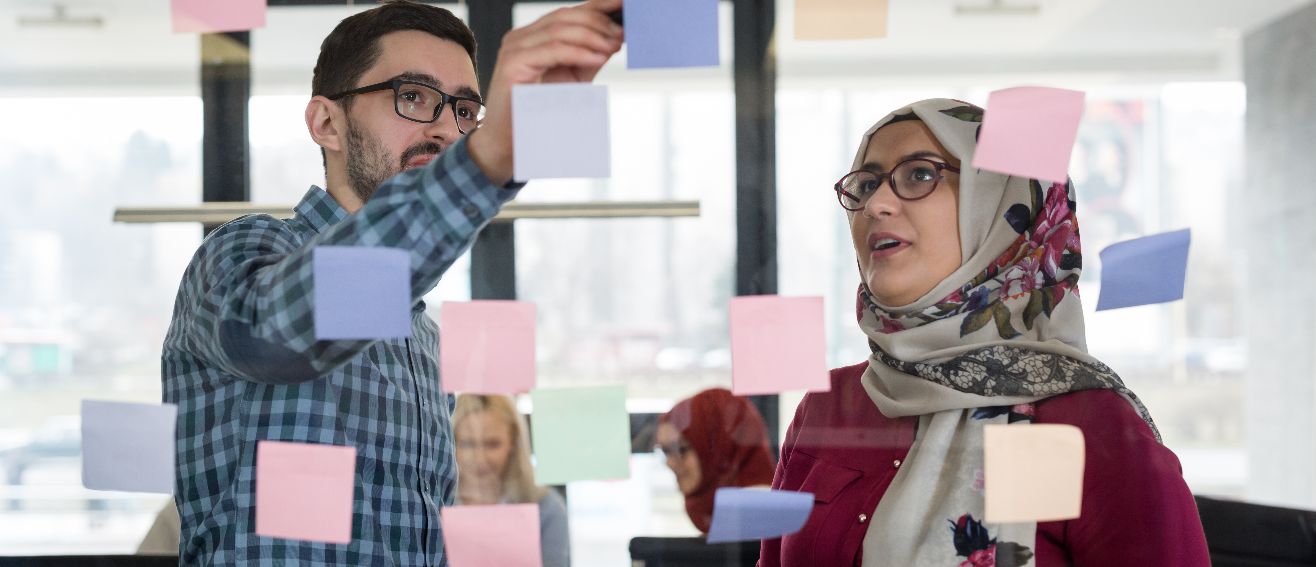The following table details how we categorise and process different types of local data.
| Data theme | Data sources (high level) | Process |
|---|---|---|
| Demographic and geographical - our health needs |
| Much of this data has been collected already, but it requires benchmarking, from local/community level to whole system level. |
| How the system currently operates to meet our needs |
The above data can be presented with respect to demographic and geographical attributes. | Also requires benchmarking, from local/community level to whole system level. Current data must be analysed to find key patterns. |
| How people behave in the current system to meet their needs | Community statistics - what people can use compared to what they do use | Mapping of citizens in different groups, from local to whole system level. |
| How data is currently used for change |
Is communication used for improvement and change - personal, academic, strategic? | Survey clinicians, managers and citizens to generate data. |
| How the current system learns and develops | Governmental papers on system development. | Analyse governmental papers linguistically - see which terms form trends, identify developments and initiatives. |
| How adaptive and resilient this system is |
| Primarily generated by patients in real time - huge value in small data sets and observational data. |
| How fit the system is for the future | Taking all data above and interpreting it through the perspectives of possible, imagined futures. | Use scenarios from data to tell the current story, then extrapolate and model how this could play out potential future scenarios. |

